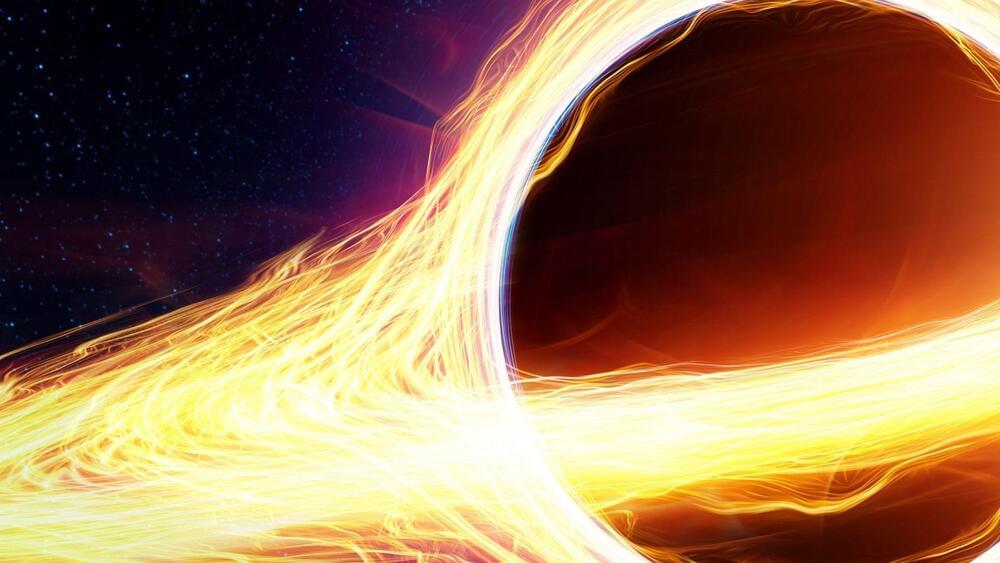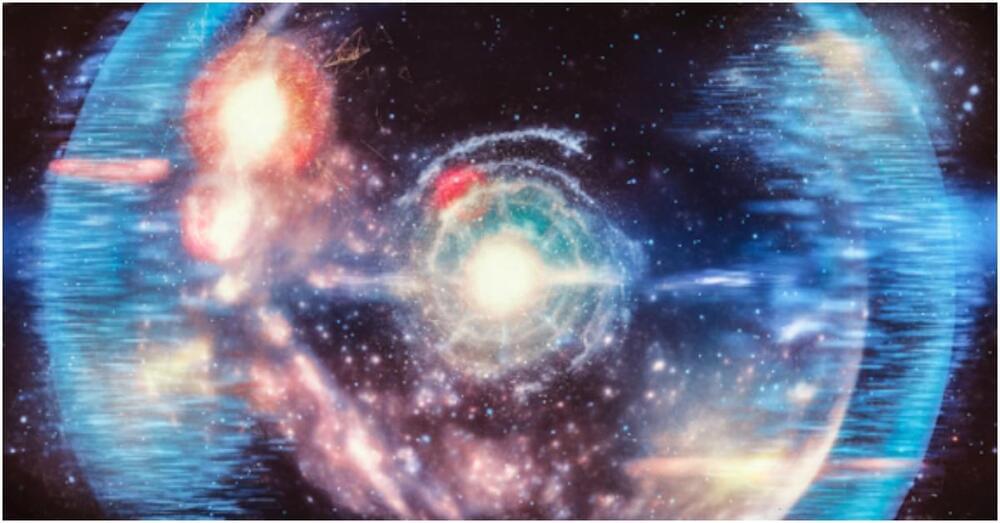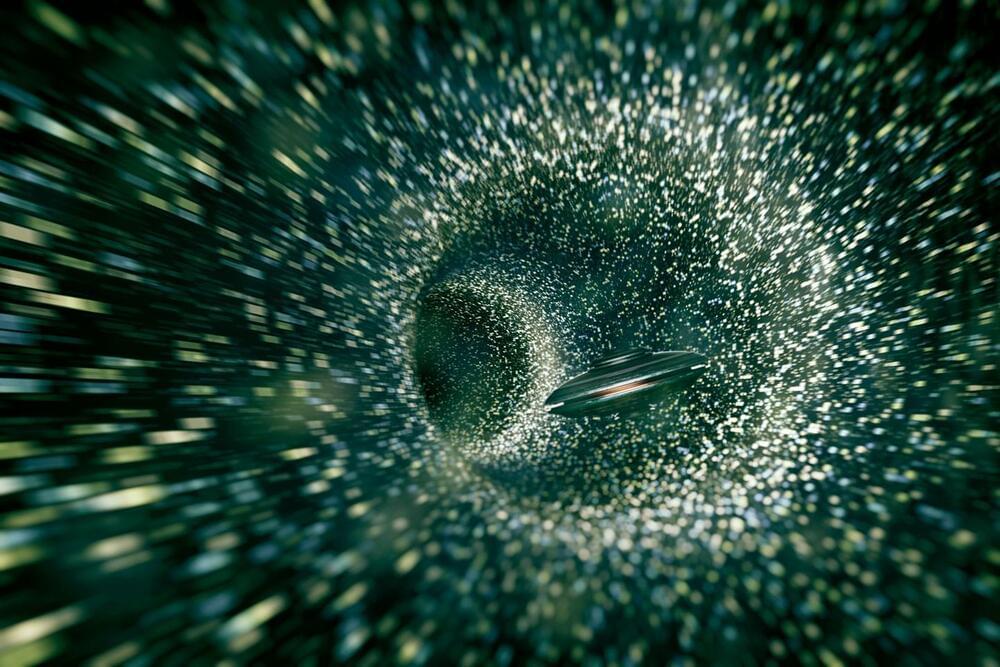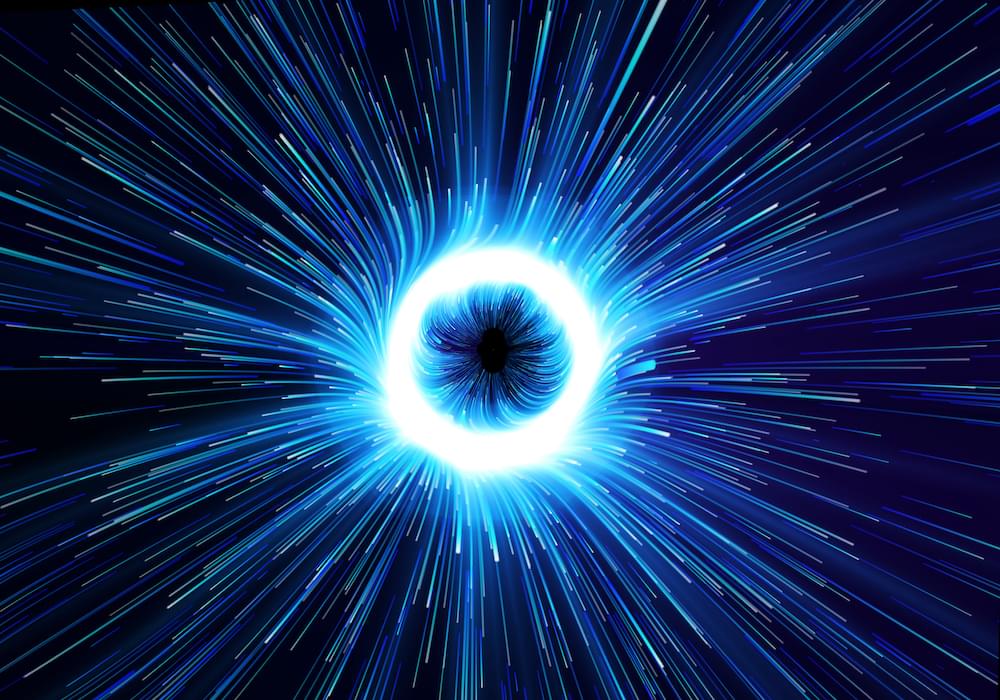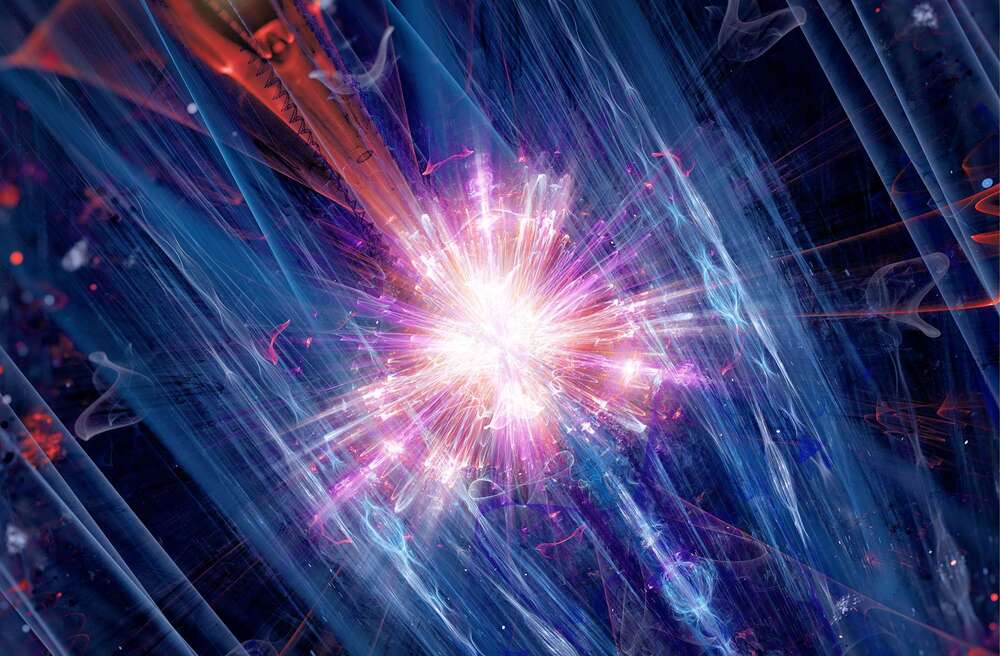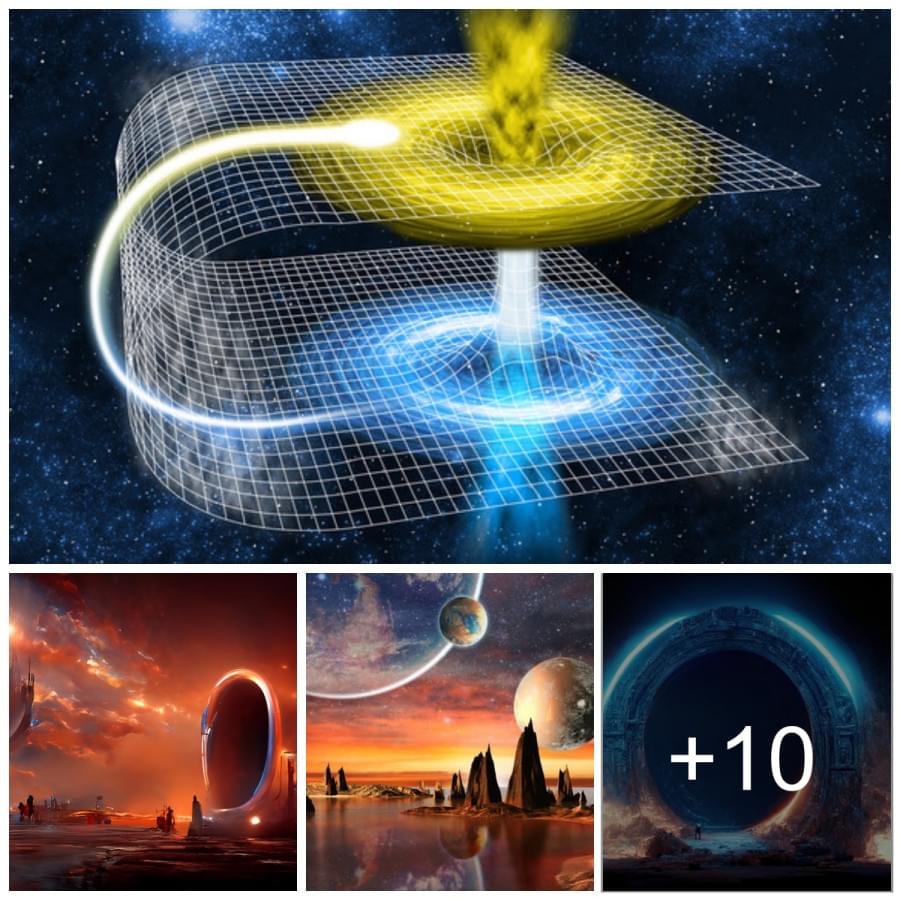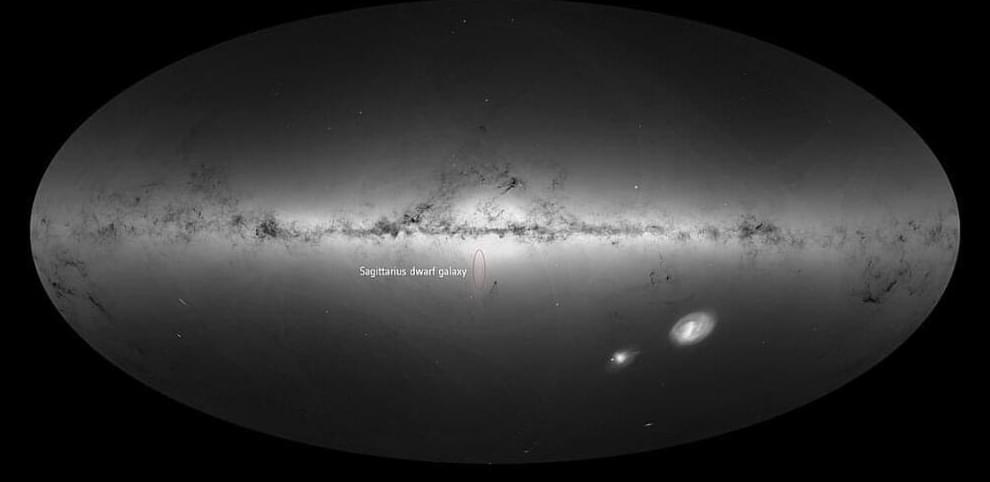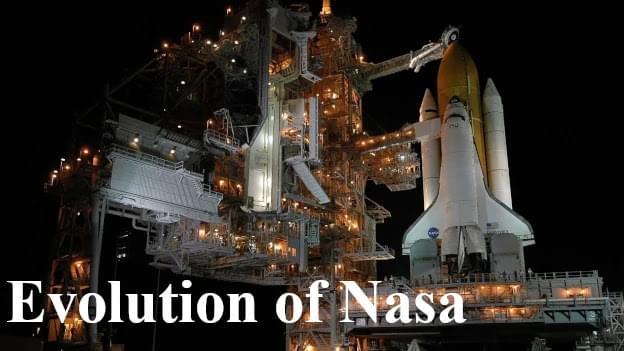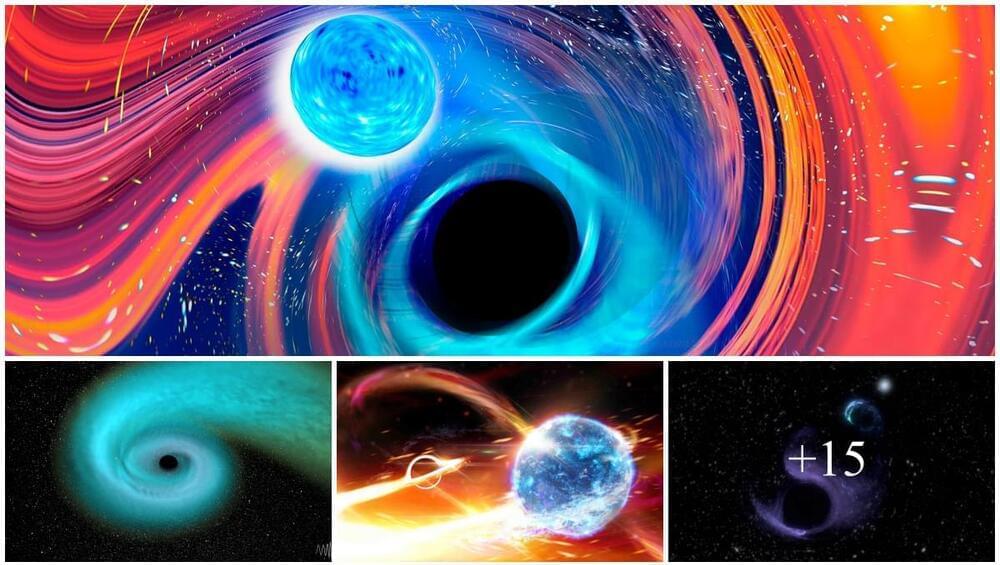Jan 3, 2023
A black hole is burping radiation and scientists are trying to find out why
Posted by Gemechu Taye in category: cosmology
Complementing data with NASA’s Chandra X-Ray Observatory provided additional insights.
An international collaboration of researchers used observations from the Green Bank Telescope (GBT) to find out more about a supermassive black hole that mysteriously gives out bubbles of radiation, a press release said.
Supermassive black holes are often seen at the heart of galaxy clusters in the centers of enormous galaxies. The atmospheres of these galaxy clusters are filled with hot plasma that can exceed temperatures of 50 million degrees Celsius. Over long periods of time, these temperatures cool down relatively, which allows the formation of new stars.
